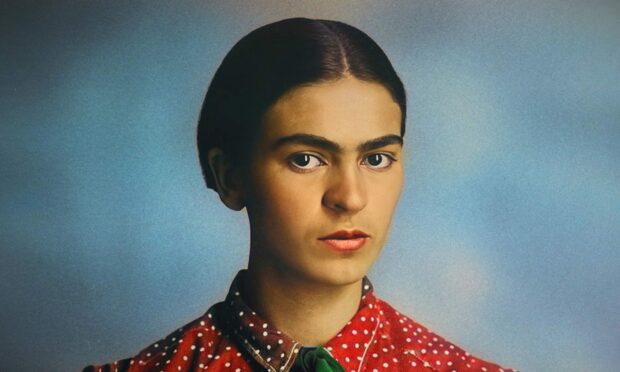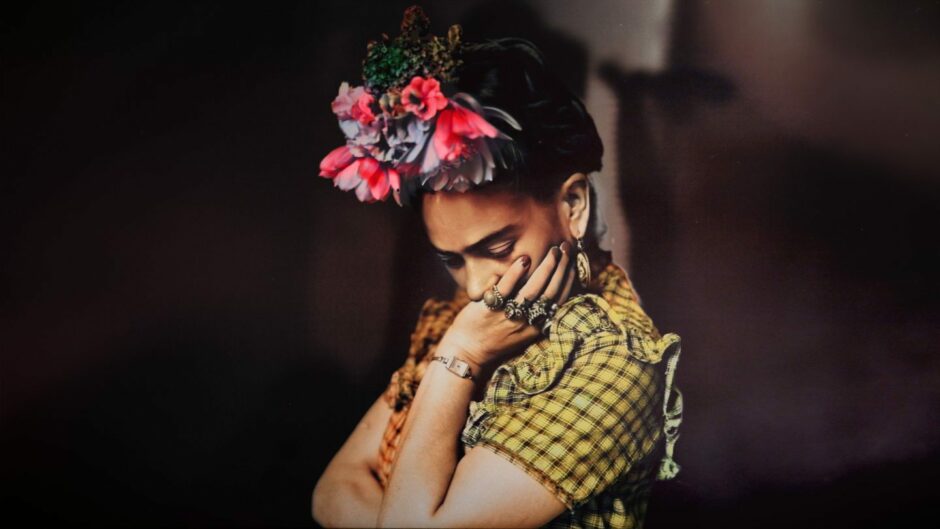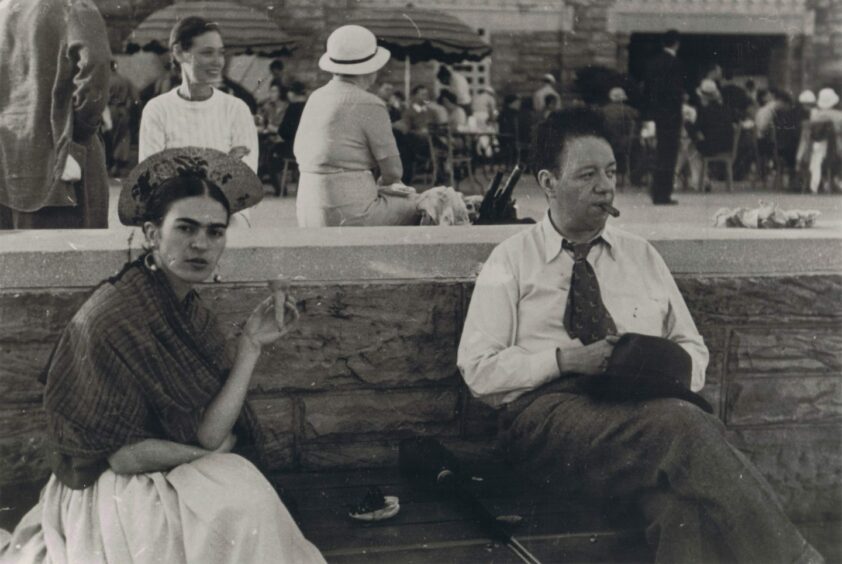“We all recognise her face and that look, but who was she really and why is she loved now more than ever before?”
That was the opening question of last night’s first instalment of Becoming Frida Kahlo (BBC Two, BBC iPlayer), a new three-part documentary which delves into the life of an artist whose wider legacy is built upon her bright, defiant self-image.
Kahlo was born in the then-suburban Mexico City village of Coyoacan in 1907, although we discovered how she liked to claim she was born in 1910, perhaps to better align her own history with the outbreak of the Mexican Revolution and a new direction for her country.
Symbol of womanhood
Whether that’s the truth, or just a neat revision in hindsight, Kahlo’s rediscovery in the late 20th Century has made her a kind of post-punk symbol of Mexican womanhood.
A Hispanic woman with a steely glint in her eye at all times, a succession of incredibly stylish and colourful outfits and an often gender-fluid image, who she was has become at least as important as what she did to the wider public who recognise her face.
Boosted by a feminist reappreciation of her art in the early 1980s and appearances in popular culture like the Salma Hayek-starring 2002 biopic Frida, what’s become known as ‘Fridamania’ is now a Mexican cottage industry in its own right.
Powerful cultural legacy
It’s a powerful cultural legacy for someone who died in 1954 at the tragically young age of 47, and who didn’t attract anything like the same acclaim during her lifetime.
Subtitled ‘The Making and the Breaking’, Becoming Frida Kahlo’s first of three episodes very pleasingly pulls together all the aspects of Kahlo’s life.
This as a posthumous celebrity who’s often as reduced to caricature by the wider world as any other modern familiar face, as someone’s whose life story and that of Mexico in the early 20th Century are intertwined, and as a bold and challenging artist.
This last point is key, because art is integral to her life story. The documentary explains her childhood, how polio in her youth left her with one leg shorter than the other and the subsequent bullying at school, causing her to act out and rebel, smoking and drinking.
Later, as a promising student who hopes to study medicine, a bus crash leaves her with life-changing injuries.
Although legend has it this was Kahlo’s spur to take up painting, it was more the focal point of a longstanding interest. In this stage of her life Kahlo is maturing into her artistic career, so other formative personal influences are introduced.
Mexico brought to life
These include her husband Diego Rivera, already 20 years her senior and one of the most famous artists in the world, and photographer, actor and Communist activist Tina Modotti, a similarly free spirit who sounds as though she deserves a documentary of her own.
With art historians, biographers and descendants of both Kahlo and Rivera giving commentary, Mexico of the 1920s is brought evocatively to life as a place where Hollywood stars vacation and Communism is trying to take hold.
By the end of this fascinating episode Kahlo has already lived a life rich in adventure and tragedy, and the scene is set for her legend to build.




